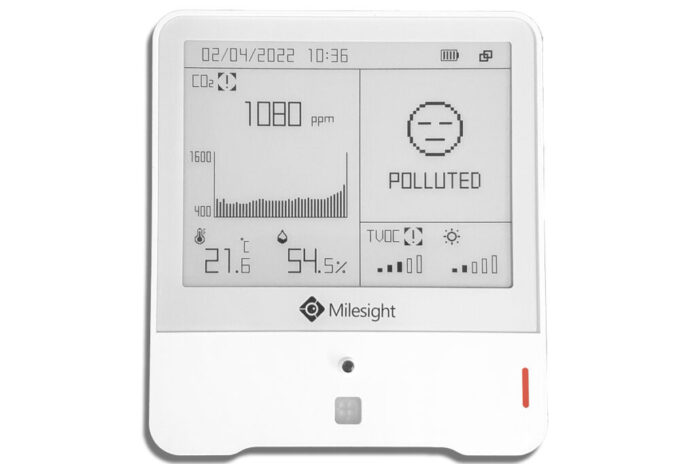
OVER 70 buildings across Limerick have seen new environmental sensors fitted in a bid to increase energy efficiency on Shannonside.
The SmartLab project, in collaboration with the Citizen Innovation Lab, installed sensors in 70 buildings across the city in a bid to help decarbonise buildings and make a move towards becoming more energy efficient.
The work is part of SmartLab’s policy living lab, which is working with a number of people across Limerick to explore how smart technology can be used to decarbonise buildings across the city, and potentially across Ireland.
SmartLab will develop insights and recommendations on the potential of the EU Smart Readiness Indicator scheme, the market for smart services, and the data governance needed to support energy data sharing in the Irish context.
A number of well-known Limerick businesses and buildings have had sensors installed, such as Limerick and District Credit union, the People’s Museum of Limerick, and the Redemptorist Church, as well in a number of homes across the city.
The sensors monitor energy usage, air quality, and humidity, which also helps building owners understand their risk of having damp in their properties.
The project is funded by the Sustainable Energy Authority of Ireland (SEAI) and is designed to understand the potential of smarter buildings “in preparation for the smart grid of the future”, according to SmartLab project manager, Dr Madeleine Lyes.
“We’re working with the building users to explore the impact of those sensors on their daily lives and on their future plans for their homes, offices and institutions,” Dr Lyes said.
“We aim to make it simpler to connect our homes and buildings to essential digital services.”
Dr Lyes said that “we have been able to use the data (from the sensors) to offer participants workshops and detailed feedback on improving their living conditions”.
“Ultimately, we will use the insights gleaned from both the sensor data and the project participants to make policy recommendations to accelerate the energy transition in Irish buildings,” she concluded.


